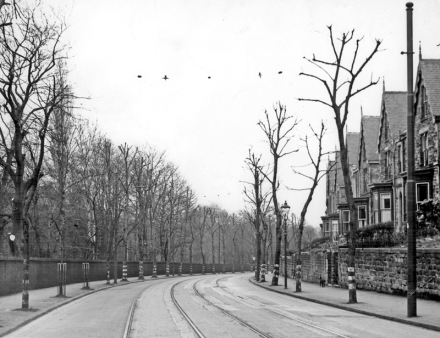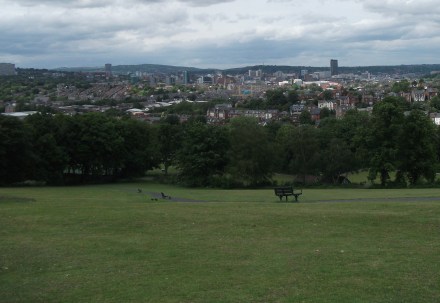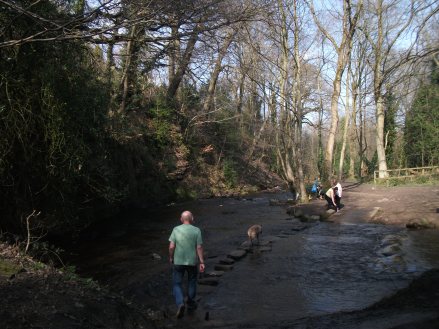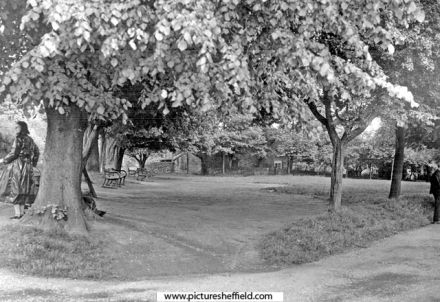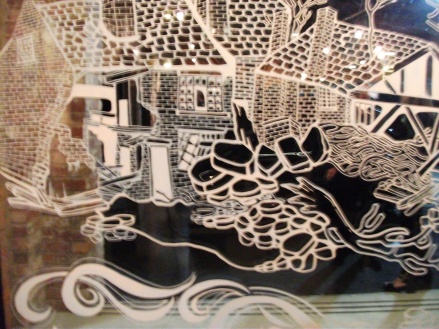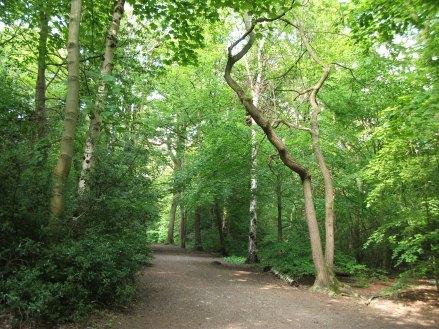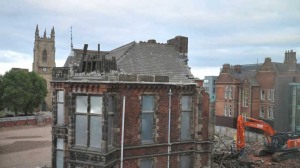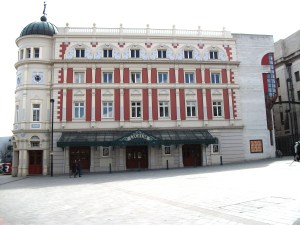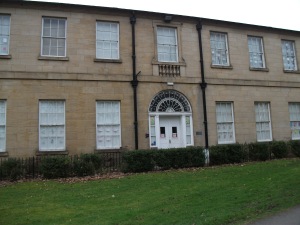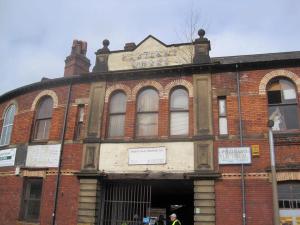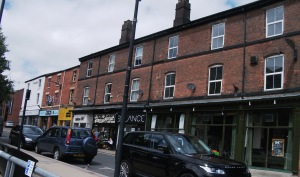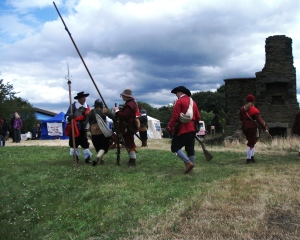A ‘sustainable city’ is organized so as to enable all its citizens to meet their own needs and to enhance their well-being without damaging the natural world or endangering the living conditions of other people, now or in the future. (Girardet 1999)
Once Rustlings Road was farmland. The Victorians and Edwardian that built much of our tree-lined roads could have easily left out the trees, and said there is plenty parks and woodlands, but they knew the importance of greening up the streets. Although Sheffield was undoubtedly a smoke filled, polluted place, the city fathers were well aware that there needed to be more greenery and more clean open spaces. That is why Sheffield at the moment has a bigger number of trees lining our streets than other cities, but that is surely not a good reason for being blasé about such things?
Sheffield is lucky that the history and the geography of the area has resulted in the preservation of so many ancient woodlands and the determination of people like Mark Firth who donated and pushed the council to buy land for public parks. Even though, with the opening of Endcliffe parks one writer to the paper said that “perhaps we have enough parks now” the wise people of Sheffield continued in making parks that everyone could have access to. But at the same time they planted the trees and continued to do so for over 50 years so for instance at the bottom of Meersbrook Park are the Victorian trees and at the top is the Hollythorpe estate where Laver Brothers planted trees when they built the housing estate in the 1930s. And so it is throughout a large part of the city .
“One tree that shades your home in the city will also save fossil fuel, cutting CO2 buildup as much as 15 forest trees.”
We are the city of the great outdoors despite the awful traffic and the steep hills. Sheffield is also the city with the lowest crime rate and down as the happiest. It is now all under threat. Our way of life. Our happiness and the Livability in our city and that which makes Sheffield Sheffield.
In a 2001 study in Chicago there were dramatically fewer occurrences of crime against both people and property in apartment buildings surrounded by trees and greenery than in nearby identical apartments that were surrounded by barren land. Buildings with high levels of greenery had 56 percent fewer violent crimes. Greenery lowers crime greenery helps people to relax and renew, reducing aggression.
As the trees decrease in Sheffield there is also the fact that studies have found that tree cover can keep a city cooler by up to 12°F, by shading our homes and streets, breaking up urban “heat islands” and releasing water vapour into the air through their leaves. In Los Angeles they found a correlation between a rise in average temperatures in 14c, and the decline in tree coverage.
“Higher temperatures react more with sunlight and car exhaust fumes to produce the poisonous gas ozone. This can reach dangerous levels in some larger cities. Some people are worried that this problem will increase, with other cities around the country creating their own heat islands as they develop their business and residential areas.” (BBC)
“Urban greenspace, from street trees, to private gardens, to city parks, provides vital ecosystem services which become even more critical under climate change. The creative use of the green infrastructure is one of the most promising opportunities for adaptation as it provides other social, economic and environmental benefits. It is essential that the green infrastructure is strategically planned. This needs to be reflected in relevant policies and practice from the national to the local and neighbourhood level. The planning system is crucial in ensuring adaptation to climate change via the green infrastructure, but other policies, plans and programmes are also important .” (Manchester University)
“A 2008 study by researchers at Columbia University found that more trees in urban neighborhoods correlate with a lower incidence of asthma”
Research in the UK on the impact of installing a kerbside line of young birch trees demonstrated more than 50% reductions in measured Particulate Matter (PM) levels inside those houses screened by the temporary tree line. The researchers concluded that “the efficacy of roadside trees for mitigation of PM health hazard might be seriously underestimated in some current atmospheric models.” (Lancaster University)
“Trees can intercept between 7 percent and 22 percent of storm water runoff from impermeable surfaces.”
Track Sheffield’s history and there is a long history of flooding in the city over 250 years at least. It has lessened in some areas. Rustlings Road was so called because of the marshy area round the Porter. There is still a tendency to flood round there. How much worse would it be if the trees who feed on the little tributaries that once ran into the Porter are removed ?
But even if there wasn’t the pollution and flooding issues in Sheffield there are other issues both environmental and historic. These are historic streets built by our city fathers in a bid to improve the city and create houses with pleasant streets to walk in. Take the trees away and you remove a historic vista, and 100 year old trees that will take a 100 years to bring back that view if the saplings actually survive the first few years.
References
Manchester University ‘ADAPTATION STRATEGIES FOR CLIMATE CHANGE IN THE URBAN ENVIRONMENT’ Draft final report to the National Steering Group John Handley and Jeremy Carter November 2006
http://www.fuf.net/benefits-of-urban-greening
Click to access Tree&Driver_ITE.pdf
http://www.fs.fed.us/psw/programs/uesd/uep/products/11/800TreeCityUSABulletin_55.pdf How Trees can retain Storm water Runoff
Click to access Urban_Tree_Facts.pdf
https://www.treepeople.org/resources/tree-benefits
Click to access eng-casefortrees.pdf
Barbara A. Maher , Imad A. M. Ahmed , Brian Davison , Vassil Karloukovski , and Robert Clarke Centre for Environmental Magnetism & Palaeomagnetism, Lancaster Environment Centre, Lancaster University; Impact of Roadside Tree Lines on Indoor Concentrations of Traffic-Derived Particulate Matter; http://pubs.acs.org/doi/pdf/10.1021/es404363m


